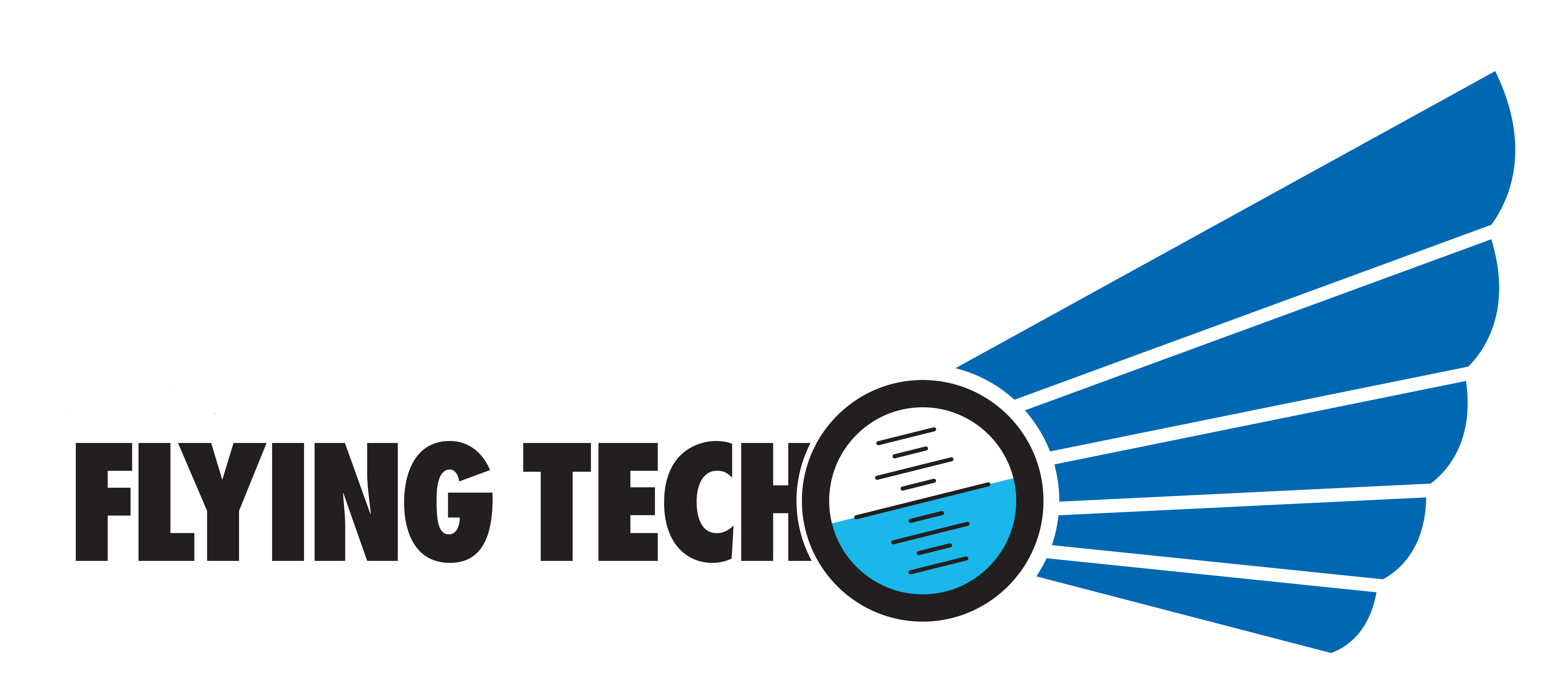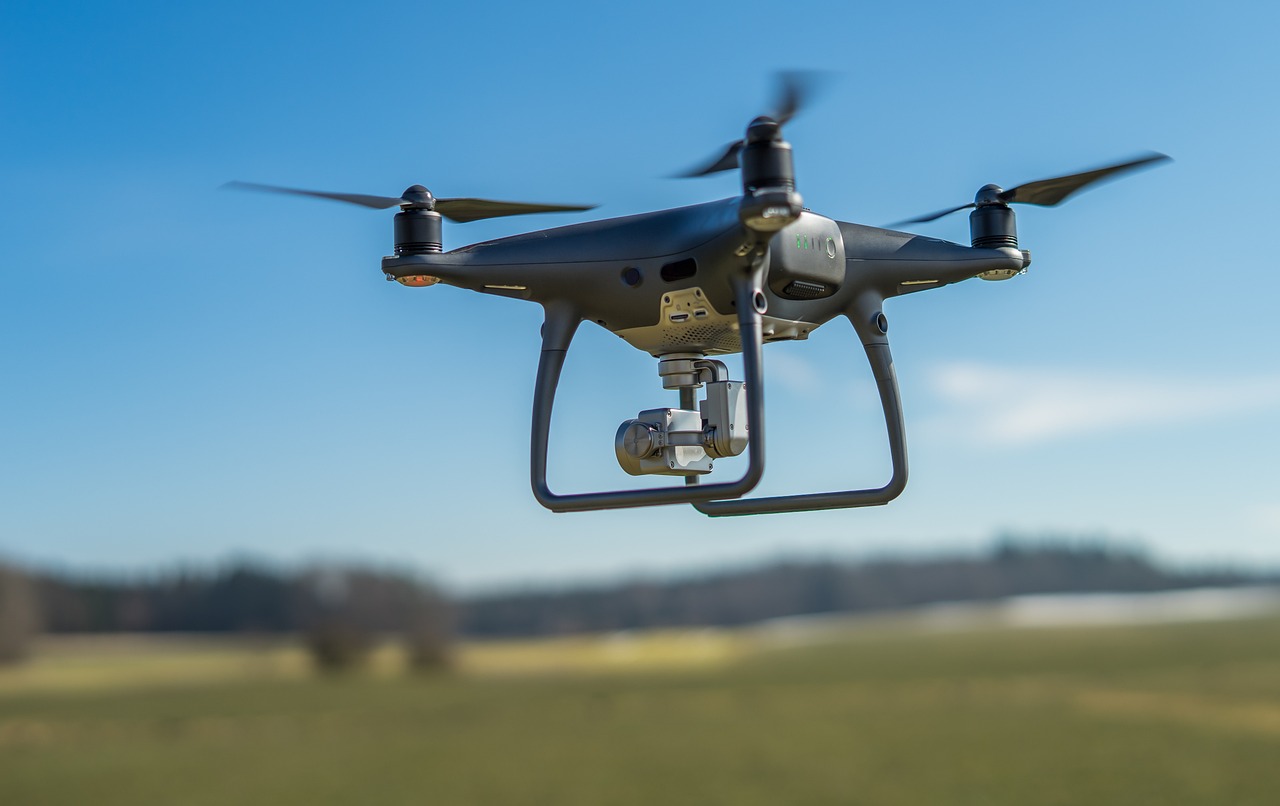Guide to Flying Your Drone for Recreation
Hello, drone enthusiasts! If you’re planning to take to the skies with your drone for recreational purposes in the USA, there are a few important steps you need to follow. This guide will walk you through the process, including information about the TRUST test and the 250g drone weight limits.
- Understand the Definition of Recreational Flight:
Firstly, it’s crucial to understand what constitutes a recreational flight. Many people assume that a recreational flight simply means not flying for a business or being compensated. However, compensation, or the lack of it, is not what determines if a flight was recreational or not.
- Know the Rules:
As a drone pilot, it’s your responsibility to know the rules. The default regulation for drones weighing under 55 pounds is Part 107. Almost all non-recreational drone flying is regulated by Part 107. Non-recreational drone flying includes activities like taking photos to help sell a property or service, roof inspections, or taking pictures of a high school football game for the school’s website.
- Take the Recreational UAS Safety Test (TRUST):
The Federal Aviation Administration (FAA) encourages recreational flyers to take and pass the Recreational UAS Safety Test or TRUST at their earliest opportunity. This test ensures that you understand the rules and safety measures necessary for flying a drone. Once you pass the test, remember to carry proof of passage when flying.
- Register Your Drone:
If your drone weighs more than 0.55 lbs (250g), it must be registered. This can be done electronically through the FAA’s DroneZone website. Once registered, you must label your drone on the outside with the registration number and carry proof of registration with you when flying.
- Understand the Remote ID Requirement:
Starting from September 16, 2023, if your drone requires an FAA registration number, it will also be required to broadcast Remote ID information, unless flown within a FRIA (FAA-Recognized Identification Area).
- Fly Safely:
Finally, always operate your drone in a manner that does not endanger the safety of the national airspace system.
Remember, flying a drone is not just about having fun, it’s also about ensuring the safety of others in the airspace. So, take the time to understand the rules and regulations, pass the TRUST test, and register your drone if necessary. Happy flying!


